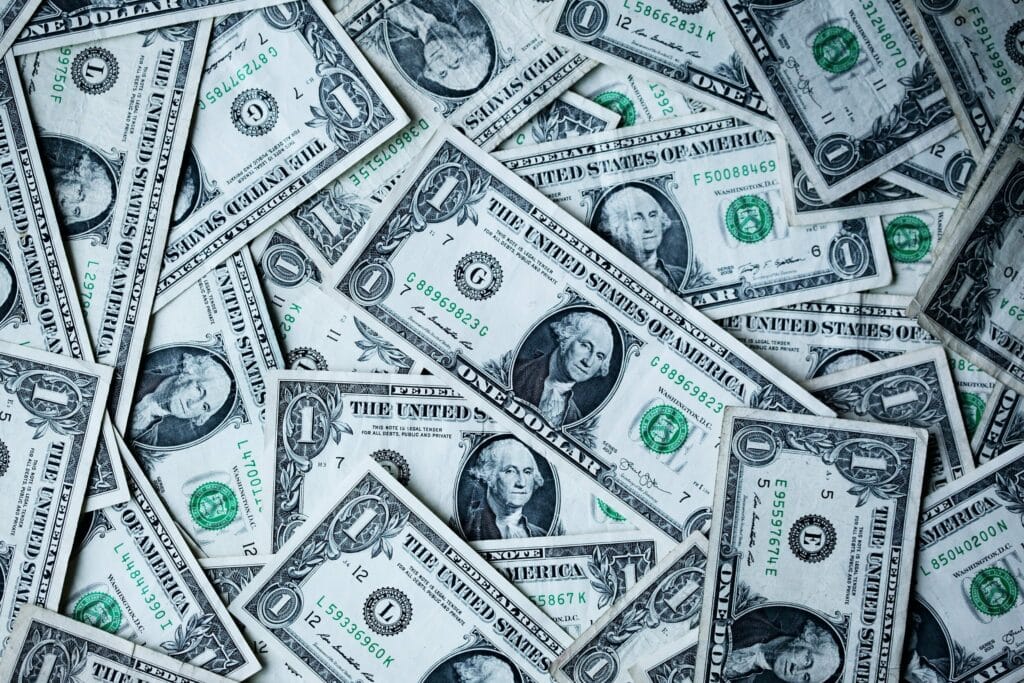Improve Your Finances with the PowerCash Principle
If you were a typical American adult and someone were to ask you to account for every dollar you spent last month, you would only be able to remember where 80% of your money went. This is not to say that the missing 20% of your money went to unimportant or frivolous purchases. Some might include periodic expenses like insurance premiums, your child’s activities, or vehicle maintenance.
Much of the 20%, it must be agreed, would fit within the list of expenses known as, “Dollar Dumps.” These are purchases you make every day or week or month on momentary experiences or consumable items, including meals and snacks, coffee, gifts, drinks, and entertainment (movies, videos, music). These items may hold some personal importance to you, but you will admit you probably have many financial goals of much higher priority.
The PowerCash Principle
Besides redirecting these dollars to your savings, investments, or debt reduction plan, you may also consider using the PowerCash™ principle to “free up” anywhere from $50 to $200 or more a month for your top financial priorities.
PowerCash is a small amount of your current spending that you can “redirect” toward your goals with as little pain as possible. By focusing on 10% of discretionary spending rather than a percentage of your total income, this method minimizes the likelihood of cutting your expenses too deeply. Minimal pain, together with steady and sure progress, maximizes the chance of success in achieving your financial goals.
Determining Your PowerCash Amount
Work through the following steps to establish the amount of your monthly PowerCash and decide how best to use it to reach your financial goals:
1. If you already know how much you spend on your controllable (discretionary) expenses, such as entertainment, groceries, clothing, gift-giving, vacation, travel, and dining out, move to step 2. Otherwise, track every dollar you spend on these categories for the next 4 weeks to establish a solid idea of your typical spending in each.
2. Multiply the amount from step 1 by 10%. This is your monthly PowerCash amount.
3. Take your PowerCash out of each paycheck by transferring it to your short-term savings goals, adding it to your monthly debt repayment, pushing it toward your long-term investments, or, ideally, a combination of the three. For a family of 4 that spends $800 a month on groceries, $200 a month on eating out, $200 a month on entertainment, and $100 a month on clothing, their PowerCash would add $130 each month to their savings, debt elimination payment or investment goals.
4. By shifting 10% of just your discretionary expenses, you may not even notice the change. It is human nature to adjust to whatever amount of income we have available to us. Consequently, if you remove your PowerCash immediately from your paycheck rather than waiting for a week or, worse, until the end of the month, you will likely adjust your spending with little to no additional planning or effort.
5. If you choose to use your PowerCash to accelerate your debt repayment, do not stop using this PowerCash tool once you are debt-free. Instead, refocus your PowerCash on your short-term savings and long-term investment goals.
What’s the Big Deal?
You may wonder what the big deal is over just an extra $50 or even, as shown above, $130. After all, what difference will it make in the long term, such as eliminating your debt?
Assuming you have $10,000 of consumer debt at a typical 16% annual interest rate with creditors that require you to send at least 2.5% of your balance as a monthly payment, your initial minimum monthly payment would be $250. It would take you nearly twenty-five years to pay off that debt at minimum payments, and you would end up paying the creditor a total of $21,000 (the original $10,000 debt plus $11,000 in interest).
If instead, you added just $50 to your initial $250 monthly payment and sent $300 a month every month, regardless of the minimum payment due shown on your statement, you would be out of debt in less than FOUR years and would pay just $3,500 in interest. That is a difference of $7,500 that you will have to spend over the following two decades however you choose, rather than sending it to the creditor.
If your PowerCash were similar to the case above ($130 a month), your monthly payment would be $380, and you would be out of debt in less than three years (just 33 months). Your total interest paid would be $2,500, freeing up an additional $1,000 for you to spend as you choose in the future.
Chances are, you could put together a list of several hundred items and experiences that cost $8,500 that you would rather put your money toward than send to your creditor for the next 25 years.
Helping you get or do what you really want and doing so much sooner. That is the potential of using the PowerCash principle.



